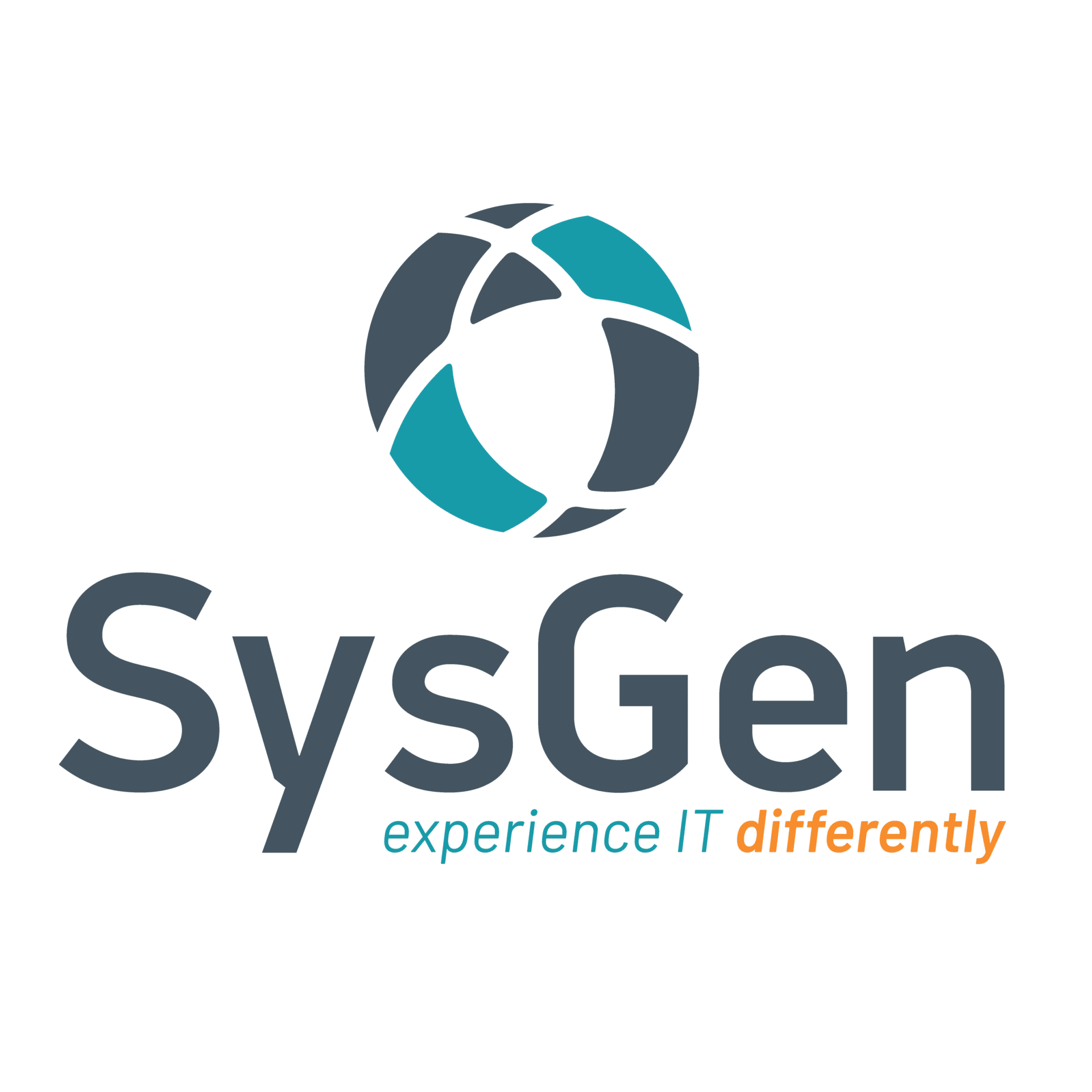What should my business consider when choosing an IT service provider?
It’s a partnership. IT impacts all areas of your business from operations to employee productivity to the client experience. IT is a continuous improvement process. Technology changes exponentially and companies must adapt accordingly. Working with the appropriate partner means that you trust their direction and the ability to implement the plan effectively in your organization. It is essential to ensure that the organization you’re choosing as an IT service provider has your best interests in mind.
How can I use technology strategically to achieve business goals?
You have plans for your business. And technology must fit into that plan. Maybe you’re going to grow by 50% in 2 years. Perhaps you want to move to the cloud to increase mobility and decrease upfront infrastructure costs. Your technology needs to support these goals. That’s why it’s important to create a roadmap for how your technology is going to get you there.
As all organizations develop their digital competence, what will set my business apart?
Today, digital technology is a strategic priority for every business. So how are you going to differentiate yourself from others in the same industry? Once these plans are implemented, the right people need to be in place to manage this ongoing digital transformation.
Should I choose an IT provider that is strategic & proactive or reactive & break-fix?
When the focus is on fixing things as they break, it’s like using buckets to collect water from a leaky ceiling without understanding the reason for the dripping water. This is what reactive and break-fix IT is about. Being proactive is like saving money for a new roof in order to replace it before water starts leaking into the house. Strategic IT is about looking at infrastructure and applications holistically while understanding the goals of the organization to implement a plan. When choosing an IT service provider, work with one that understands your business and implements technology that continually excels your business.
How do I know my IT provider is effective for my business?
Focus on ROI. While cost is an important consideration, looking for the cheapest IT provider out there doesn’t mean that you’re getting a strong return on investment. Businesses continually evolve, and IT needs to keep up with that. Plus, IT is a continuous improvement process. It’s a constant feedback loop of incorporating data to make the technology experience better for your business. Make sure you think about the return you’re getting for the time and money you’re putting into IT.
When IT is down in your organization, consider the amount of lost revenue you experience from a loss of employee productivity. Additionally, if IT doesn’t work the way it should, employees will find workarounds and not use software and infrastructure to the full capacity. This also decreases employee productivity, impacting the bottom line of your organization.
When employees are complacent with technology because it’s broken and annoying to use, this creates dissatisfaction with the ability to do work effectively, resulting in higher employee turnover.
Does my business need access to a variety of qualified staff or just one technical expert?
When working with an IT firm, will you be working with one person? Or will you have access to a team of qualified staff with a diverse skill set? Technology continues to become more and more complex as well as imperative to business operations. It’s nearly impossible for one person to know how to do everything technology-related because today, it’s not just about fixing hardware and updating applications. You need specialists in strategy, cloud, security and networking. When choosing an IT service providerEnsure you get access to the staff you need to operate your company efficiently.
Should my IT provider be data-driven?
Being data-driven means using collected information to drive improved decision making. Tools are needed to collect data and represent it in a meaningful way. This creates benchmarks to understand how things are operating currently, reveals recurring patterns as well as areas where improvements can be made for a better IT experience. Working with an IT company that uses data to track results can show the impact of how their technology recommendations have improved your business.
Being data-driven provides the opportunity to streamline business processes and eliminate redundancies. If your business is growing quickly and standardized processes are not in place, an ad hoc way of storing data will develop. Redundant data will become the norm in the organization and information will be stored all over the place.
Additionally, if you have to back up your data and you have multiple sites and repositories, that adds to the cost as well.
How important is transparency in an IT provider?
Do you know what your IT provider is doing in your technology environment periodically? Organizations often feel uneasy or have a lack of trust with certain IT organizations because of a lack of transparency. You’re getting billed every month, but what is going on behind the scenes? Work with IT providers who are open and transparent about the work they’re conducting through periodic reports and reviews. Trust that your organization is continually optimized by seeing the impact of the initiatives implemented.
How important is communication with an IT service provider?
Technology can seem overwhelming, but it doesn’t have to be. Technical jargon and geek speak are ways of describing the nitty-gritty. But what you’re looking for in a technology partner is someone who helps you overcome business challenges and support the operations of your business. Not the nuts and bolts of technical hardware. You want an advisor who can tell you that the technology they’ve recommended is going to do the job. When choosing an IT service provider, find an IT partner that communicates effectively with you.
Does good IT positively impact my clients?
IT doesn’t just affect internal departments. It has spillover effects on the client experience. If the process is held up because of poor technology processes, your reputation is on the line. If you can’t turn things around in a timely manner or you’re not able to respond to client expectations, it’s going to affect your bottom line or competitive advantage. If you’re behind you’re going to lose market share to your competitors.
Clients are savvy and high certain expectations about how you go to market with your product or service. For example, if clients are looking for technology integration while working with you, such as the Internet of Things, and you don’t provide that, your competitor will win. The technology infrastructure needs to be in place to excel as a competitor.
Does your IT partner think outside the box or just about the basics?
Bare bones IT encompasses the basics of hardware and software refreshes and updates. But it doesn’t embody other necessary components of a robust technology experience such as business process improvement, cloud readiness and cybersecurity. When choosing an IT service provider, consider if they have the tools, knowledge and vision to take your technology to the next level.
Should I consider maximizing software applications in my business?
There are thousands of applications to choose from to improve productivity, communication and business operations. But which one(s) are right for your business? For many organizations, it’s a struggle to stay consistent with an application strategy. Someone in accounting is using Dropbox, and someone in HR is using Google Docs. That’s why an application strategy is essential as well as an understanding of how each of the applications increases productivity at your organization.
It’s important for businesses to standardize to ensure consistency and a return on investment. If every department is doing their own thing, money is wasted on a variety of apps and on a loss of productivity.
What does forward-thinking IT for business transformation look like?
You don’t want an IT company that only cares about updating your hardware. You need someone who’s on the cutting edge looking at where technology is going. Stagnancy means obsolescence. You need to be a disruptor to succeed.

